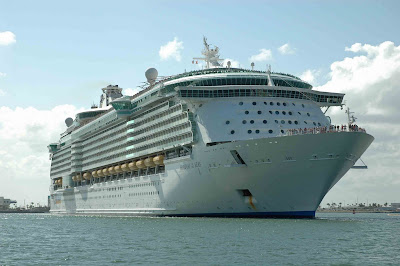Repairs like those Endeavour needed after its 29 April launch postponement pose a greater challenge with fewer workers available and managers careful not to overtax them.
And launch of the final Space Shuttle mission has slipped into July, mainly because remaining crews can't perform as many major operations simultaneously or without interruption.
Atlantis' move to the Vehicle Assembly Building (VAB) to be joined with an external tank and boosters, for example, has had to wait because teams are tied up with Endeavour's preparations for its 8:56 am (1356 BST) launch on Monday.
The picture below shows Atlantis in NASA’s Orbiter Processing Facility-1 as workers guide a transporter system into place for its move, or rollover, to the nearby VAB.
Even as the second countdown began on Friday to Endeavour's last ever launch, planning for the biggest NASA workforce reduction yet marched forward.
Lead Shuttle contractor United Space Alliance this week sent 60-day notices of potential layoffs to some 1,900 local employees.
Most of the layoffs are expected to take effect on 22 July, though the exact timing depends on when Atlantis launches on the 135th and final mission of the three-decade Shuttle programme.
"It's coming, and everybody knows it's coming," said Moses. "The concept of, we're here until Atlantis flies is still what the team knows is the true milestone."
Kennedy's total contractor workforce, including non-Shuttle workers, now numbers 8,900 - down from about 13,000 two years ago.
Elsewhere across the US, the Shuttle programme has dropped from 14,000 contractors in late 2006 to about 5,500 now, a 60 percent decline.
NASA and its contractors have closely monitored the down-sizing to ensure critical skills were retained so that the remaining missions could be flown safely.



















